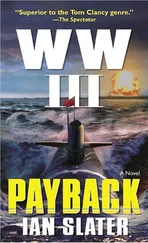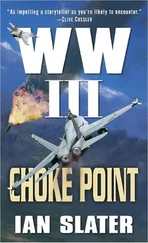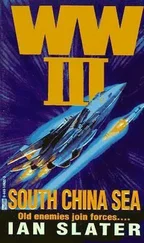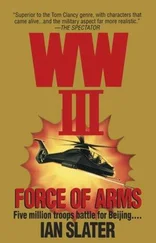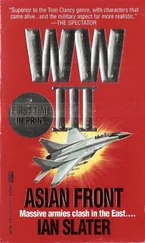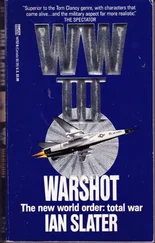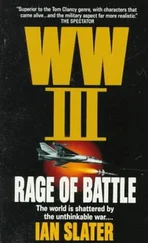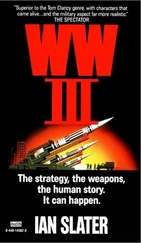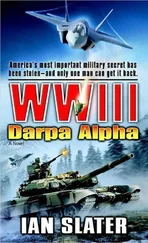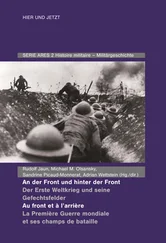In all Baku had designated 212 boats to the offshore Kuril defense; and 40 to patrol in the vital Kuril Strait. The latter was crucial for the Siberians’ egress out of the Sea of Japan into the Pacific. The remaining forty-eight fast attack boats were assigned to guard the other main egress passage, La Perouse Strait, between Japan and Sakhalin Island in the event that the Japanese defense force turned offensive under U.S. arm-twisting.
But in the heavyweight division, Baku’s major ships were not those like the Kiev carrier, Murmansk, or the two nuclear-powered Kirov class cruisers which, unlike the small hydrofoils, would show up on the Americans’ radar, but his twenty-nine nuclear submarines — thirteen from Vladivostok, sixteen from Petropavlovsk on the Kamchatka Peninsula — all converging south, most of them already lying in wait, “on station.” Three of these were the Zoltaya Nyba, or “golden fish,” because of their class — revolutionary Alfa IIs.
The extraordinarily expensive liquid-metal heat exchange system of their reactor plants, superior to using the pressurized water system, allowed the 267-foot-long, 2900-ton Hunter/Killers, with a beam less than thirty-three feet and a titanium hull, to be the best HUKs in the world. At 45 knots submerged they were not only the fastest nuclear submarines in the world but the deepest-diving. The Alfa II ‘s crush depth was four thousand feet, its armament six twenty-one-inch-diameter torpedoes fired from forward tubes and SS-N-15s which, although classified as surface-to-surface missiles, were in effect twenty-one-inch diameter, four-thousand-pound torpedo-launch rocket/depth charges with a nuclear warhead having a range of twenty nautical miles. The depth charge, attached to the solid propellant rocket, and released just above target, was capable of killing an enemy sub to a depth of up to three thousand feet as opposed to the conventional depth charge warhead, which could damage an enemy sub only within a hundred feet of detonation.
Faced with the oncoming American task force and the Americans’ four-thousand-pound SUBROC sub-killing missile, capable of a longer reach than the Alfa — thirty-three miles rather than twenty-four — the Alfa’s safety resided in its ability to be exceptionally silent, thanks to Toshiba Electronics having sold the KGB superior U.S. prop-tooling technology years before.
The Alfa’s dilemma, however, faced by U.S. subs also, was that the sub’s greatest advantage, its silence, was immediately forfeited upon firing any of its torpedoes or missiles. Once an Alfa, or any of the other Russian subs, fired, the American task force, with superior sonar both aboard its surface ships and aboard its submarines, would know precisely where they were.
Ranged against the Siberian sub packs were the American Sea Wolf lis, including Robert Brentwood’s USS Reagan, but as yet the two task forces, while within the 1,600-mile range of the Americans’ Tomahawk cruise missiles, were still beyond the navy’s “outer zone”—more than 420 miles from one another. This zone was the last in which satellite reconnaissance could be relied on, and no task force wanted to strike and betray their exact position. This was especially so while Burke was taking advantage of satellite surveillance, in particular to program his Tomahawk missiles, which needed precise target vector feed-in so long as the task force was over the horizon. And once any missile was fired it, too, showed up on the enemy’s radar and could be “back-tracked” on that radar to pinpoint the position of the ship that had fired the missile, thereby putting its entire battle group at risk.
To head off the two Siberian cruisers coming down from the north, Admiral Burke, in the calming blue light of his TFCC— Tactical Flag Command Center — watched carefully the disposition of his forces coming in from the central battle group commanders to the battle watch station, or T-table. This monitored the large-screen situation display and automatic status board, and through it the old battle wagons Missouri and Wisconsin were ordered to steam due west to intercept the two Siberian cruisers as their first priority and only after — if the battleships survived — to resume course back north to shell the Kommandorskys, under whatever air cover could be provided out of Shemya Air Force Base at the tip of the Aleutians. Despite all the high tech, Burke knew that with everyone on radio silence this phase of the sea battle would essentially be the same as the battle for Midway: who would launch first?
“Watch for the Tattletale!” he told his air commander. “Once he spots us, he’ll relay it to Petropavlovsk control, and all our aircraft must launch—’lock-on’—in unison. Then, gentlemen, we’ll quickly have incoming missiles — Soviet style, all at once. Kamikaze. And remember, from different directions.”
Burke also knew that if his own combat patrol scouts, on radio silence but using passive radar, found the oncoming Siberians, the latter would launch their aircraft immediately and, in the aerial melee that would follow, there’d be no way friendly fire from the American task force would fail to take out some of his own men.
“Tattletale yet?” Burke asked, looking up at the plastic/ crayon situation board, an old-fashioned backup should all computer power be lost during an attack. The Tattletale would be the lead Soviet ship, the scout, which, with air cover and on radio silence, would be well out in front of the main task force, probing. Once he’d made contact with the Americans he would abruptly turn about, heading at full speed back toward his own fleet. The ship chosen as the Tattletale was so designed that it could fire the overwhelming number of its missiles from stern launchers. This was not only to engage the enemy with maximum firepower while hightailing it but an insurance against being confused by the oncoming waves of Siberian planes for an advance American ship. Stern salvos at the Americans were the best insurance.
* * *
“Sir!” Out of the rain-riven darkness it was the voice of an operator manning one of the battle group’s E-2 Hawkeye advance warning planes, picking up a pulsating amber dot on its AN/APS 150-mile-range radar sweep.
The five crewmen aboard the E-2 Hawkeye were the first to hear radio silence broken in a squall so fierce the copilot could hear the rain that was pelting the plane’s radar rotodome that extended above the fuselage, the contact between the slowly rotating dish and the rain producing halos of steam whipped away into the slipstream. It was near the end of the Hawkeye’s four-hour patrol when the RIO picked up the Tattletale on the infrared scan and almost immediately heard, “Master arm on! Centering the T… centering the T. Bogeys eight miles… eight miles. Centering the dot.” It was an F-14 Tomcat pilot talking to his RIO, the RIO’s voice rising above the fish fry of static, yelling excitedly, “Get the tone! Get the tone!”
“Got it…I’ve got it… ” The Sparrow air-to-air missile was ready, its coffee-grinder growl loud in the pilot’s ear. “Centering the dot — Fox One…” The E-2 Hawkeye radio operator heard a rush and a few seconds later the RIO’s excited voice again. “Splash!”
The bogey was down.
“Good kill! Outstanding!”
They had just shot down another Tomcat, returning from combat patrol in the outer zone. It shouldn’t have happened— there were “investigation friend or foe” procedures — but with so many aircraft flying and men on the razor’s edge, determined not to let the enemy penetrate their defenses, Murphy’s Law stalked the night.
The two downed flyers were to be the first casualties of the impending battle of the Kuril Islands. Worse, though the radar operator aboard the E-2 Hawkeye picked up a chute signal descending, there was nothing they could do this far out.
Читать дальше

